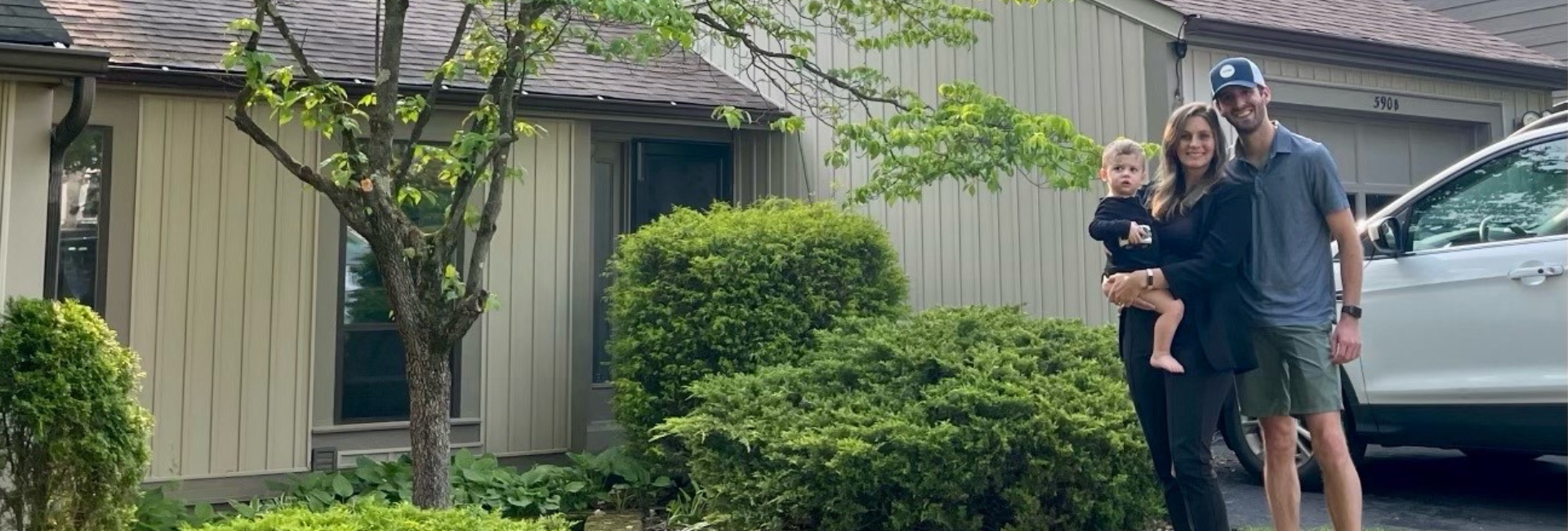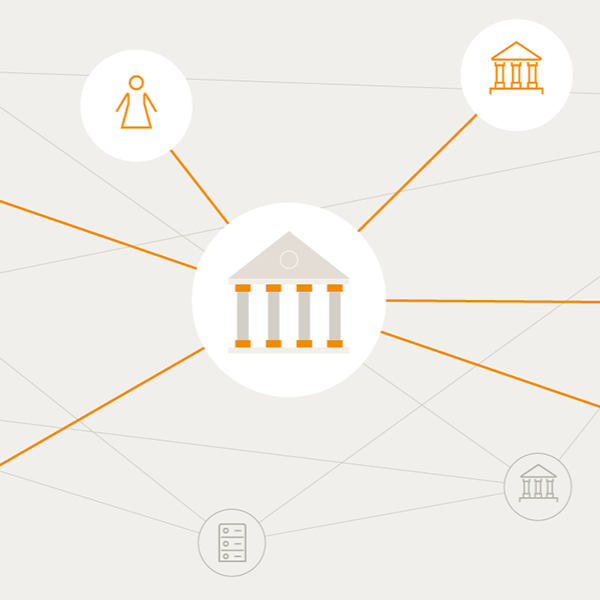Mortgage lending is one of the first uses in which alternative data is becoming an industry standard. The Federal Housing Finance Agency, which oversees government-sponsored enterprises like Fannie Mae and Freddie Mac that work with lenders to help borrowers obtain mortgages, has authorized them to use new and enhanced open banking data, such as rent history and positive cash flow.
Both Fannie Mae and Freddie Mac apply this data to their respective underwriting systems to help lenders expand credit access.
“With the rise of open banking, we’re able to leverage consumer-permissioned data to develop a more comprehensive view of how a borrower manages their money and financial commitments,” says Stacey Shifman, Fannie Mae’s vice president of Single-Family Consumer Credit Analytics. “In doing so, we can help create more homeownership opportunities for those with no credit history.”
“Our innovations level the playing field and help make homes more accessible to borrowers whose lenders might not have qualified them with traditional methods of underwriting,” says Kevin Kauffman, vice president in Freddie Mac’s Single-Family Client Engagement division. “This should particularly help first-time homebuyers and underserved communities.”
Open banking has the potential to do more than just enable homeownership — it also eases the process of buying a home. For one, because open banking relies on the exchange of data through digital connections, borrowers often do not need to retrieve paper copies of their records. This allows loan offers to be made faster and with less hassle.
“The more paperwork clients are asked for, the more anxiety they are just going to have,” says Churchill’s Gonzalez, who stresses that using digital records to document a loan doesn’t mean relaxing credit standards — it just makes things a little easier for borrowers.
“One of the most important parts for us as underwriters is to verify that the client has the resources and the funds needed to be able to close on the transaction,” Gonzalez says. Churchill uses Mastercard’s open banking platform, delivered by Finicity, a Mastercard company, to help piece together an applicant’s financial data quickly and painlessly.
“We are streamlining mortgage lending significantly, reducing costs and shortening the time needed for the overall loan origination process,” says Andy Sheehan, Mastercard’s executive vice president for open banking in North America. “With open banking, our ultimate goals are to help mitigate risk for lenders, improve the consumer experience for the borrower and ultimately increase financial inclusion by helping borrowers better prove their creditworthiness.”
When the Murphys went to Churchill, their loan officer had them provide permission to access their financial data to underwrite the mortgage. In October, the couple moved into their new home, a duplex with three bedrooms and one and a half baths — enough room for them, their two-year-old and the baby they’re expecting.
“I’m telling you,” Murphy says, “it’s perfect.”
Banner photo courtesy of Steve Murphy




